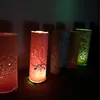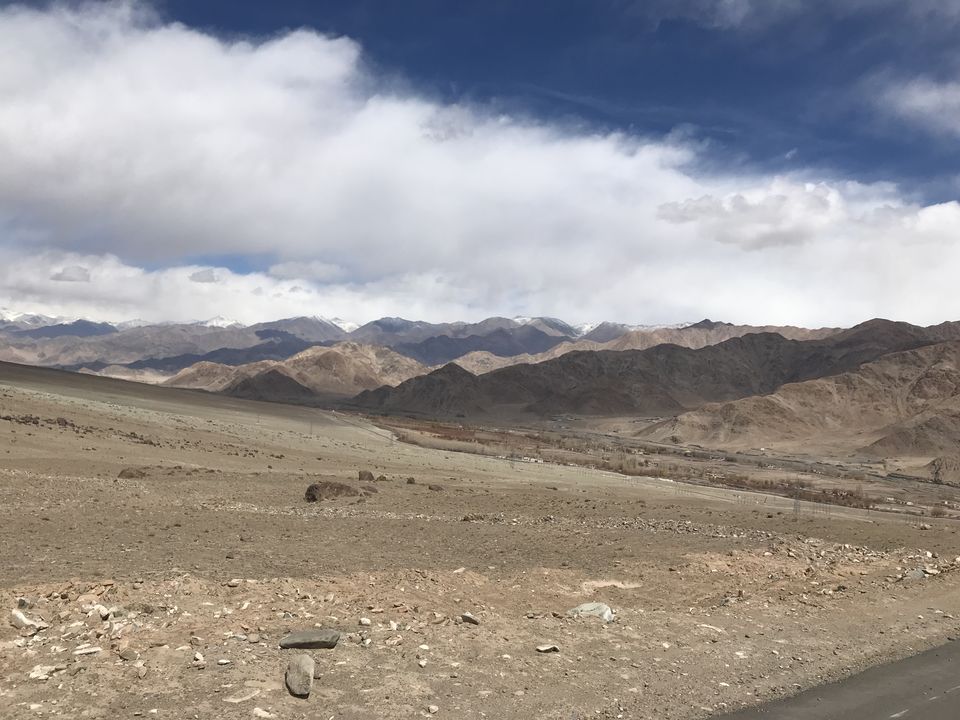
Have you ever woken up before sunrise and embraced the tranquility of the world around you – which was just for yourself?
Ladakh in March is just like that. An unblemished portrait of an otherwise over trodden tourist spot.
Ladakh was always in our bucket list. But as it is hard to manage a vacation any other time of the year we never thought of Ladakh as a destination. This year we were quite determined to venture it as two of our other uncherished dreams were already fulfilled in our last two vacations. We made some enquiries, did some research and found out that it is not at all a mission impossible to visit Ladakh even in early March.
Only if you can hold off your urge for a night stay by the sand dunes of Hundar or of a Bactrian camel safari or don’t seriously miss a bonfire alongside the Pangong Tso and rather are a believer of the fact that there is much en-route than at the end of the journey- you can always head to Ladakh even before the onset of the “season”.
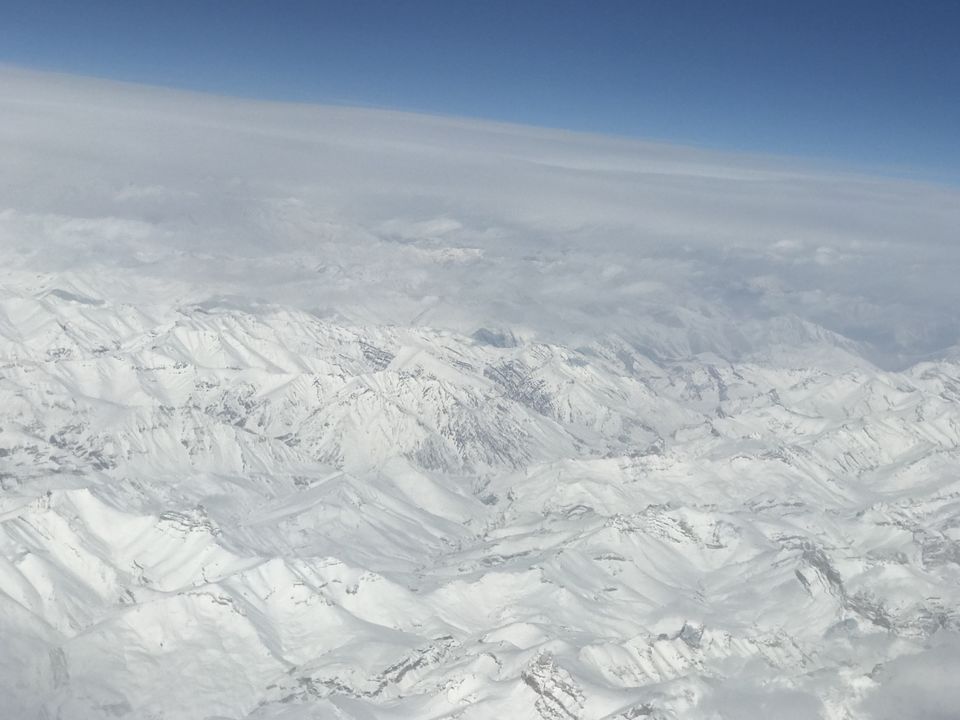
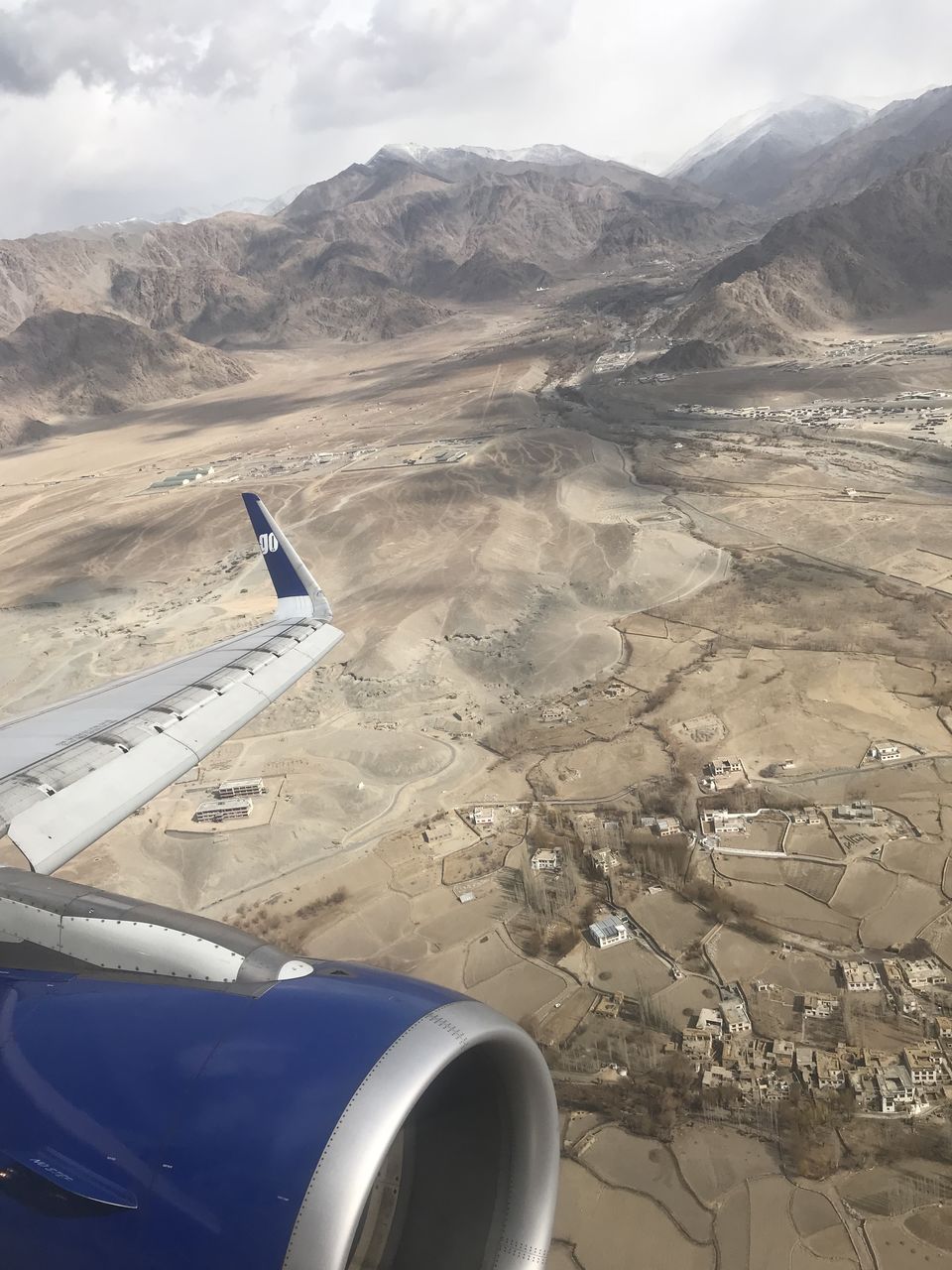
Reaching Ladakh: –
As all the flights for Leh leave before 11am. from Delhi, we being from Kolkata had to plan for an overnight stay in Delhi. We chose the last flight of the day at 10:40 am. Just after 30 to 35 minutes of take off the scenery below changed dramatically. Hoorah!! We were flying over hills, valleys and streams. First it was all clad in thick green hue. Slowly the scenery changed to snow clad peaks and glaciers. The next 1 hour was a lifetime experience. We all have heard of the unparalleled scenic beauty of the Manali- Leh route. But flying over those inaccessible realms of snow and frozen glaciers knowing you can never set foot on them gives you goosebumps.
Nearly 15 minutes before landing the view below changes for the third time. The hills were devoid of any greenery and were looking unearthly. As if we were in a spacecraft hovering over some extra-terrestrial landscape. We never had the view of the leeward side of the Himalayas before. Soon we got a glimpse of the Leh airport and our excitement was nothing less than that of Mr. Neil Armstrong stepping on to the moon.
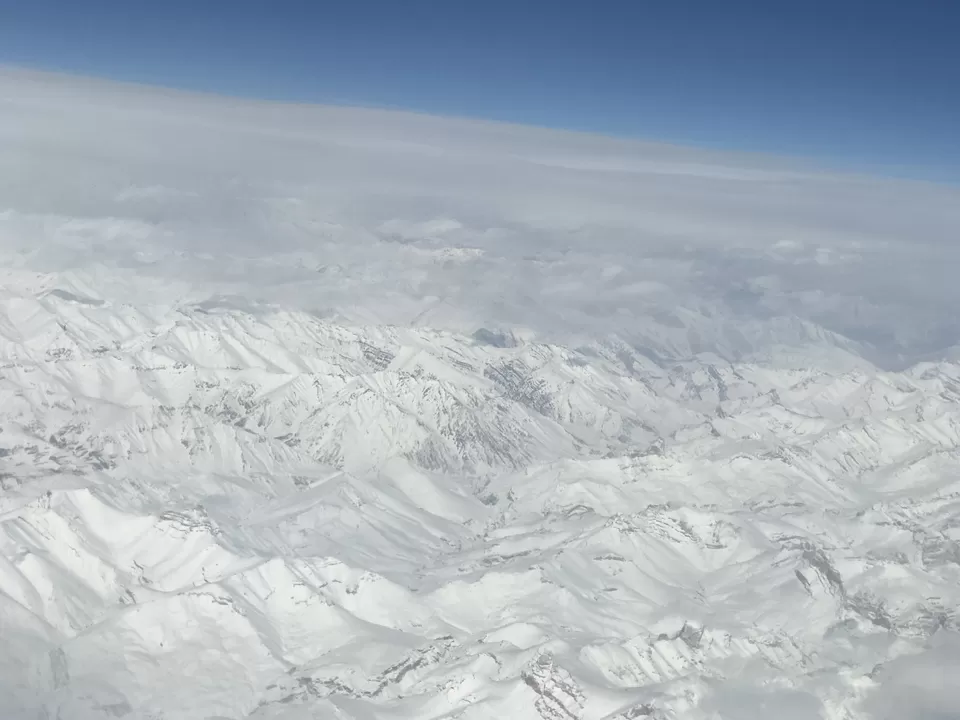

Based on our detailed study of several articles on AMS (Acute mountain sickness), several blogs on Ladakh travel we were well aware of AMS and how to avoid it, what to do and what not to. As per a friend doctor's advise we had already taken our first preventive dose of Diamox at Delhi airport almost 3 hours prior to landing at Leh. Still we were cautioned so many times during the flight and all the do’s and don’ts were so meticulously mentioned before landing that the fear of getting AMS formed a thumping impression in our minds. We started measuring every step after we landed at the Kushok Bakula Rimpoche Airport. Even the cab driver waiting at the airport readily lent his hand in hauling our luggage into the car and advised us to avoid exertion and to be calm and comfortable on the day of arrival.
We stayed at The Grand Dragon. It was located about 2km. from the airport. We booked it as it was one of the only few hotels open in Leh during that time and being the only centrally heated hotel open. The Grand Dragon remains open throughout the year. It’s much to our decision of choosing this hotel that our Leh trip was almost hassle free. We hired a cab too through them for all the sightseeing and day trips. The driver was decent, helpful and with good knowledge of the terrain. The cab was in good condition which was extremely critical for the long day trips through desolate rough terrain. Moreover the hotel provided oxygen cylinders in the car and relieved us of arranging them on our own. Otherwise the small sized oxygen canisters available in the medicine shops would have cost us 600 Rupees to 1000 Rupees each. For our day trip to Pangong Tso the hotel rightly advised us to carry packed lunch as there won’t be any provision for lunch available at that time anywhere around Pangong. They provide freshly prepared continental/Indian lunch pack like grilled steaks, steamed veggies or stuffed Indian breads along with fresh fruits, juices, cakes and cookies at a reasonable cost. However the food has to be ordered the night before. The hotel cab keeps arrangements for electric hot food cases as well and serve hot food at freezing temperatures in the middle of nowhere. Their advise proved very useful (almost a life saver) as not only on our way but also around Pangong we didn't find any eatery open when we visited the place.
“JULLEY” is the magical word that brings a smile to everyone’s face in that magical land. As we reached the hotel we were welcomed by two Ladakhi ladies clad in their traditional attire.The decor of the hotel was quite interesting. It was a skilful blend of modern architecture and a subtle touch of the age old art and culture of the land. Here and there Tibetan artifacts framed nicely were displayed along with several original paintings made by the owner of the hotel himself, who was a renowned artist of Ladakh- Mr. Gulam Mustafa.
While the formalities and paper works of check-in were being completed we were offered welcome drink – Kashmiri" Kahwa" – a traditional hot beverage with saffron and almond. The cozy warm interior was so comfortable that we felt relaxed and assured within no time. Still as advised we kept the first day for acclimatizing and let it be an easy going one. It was almost time for lunch.
The hotel houses two restaurants –The Tsurab serves traditional Ladakhi and Tibetan cuisine along with Chinese and other oriental cuisine, whereas the colourful and brightly decorated in traditional Ladakhi woodwork,Zasgyath offered multicusine menu.
An amazing view of the Stok Kangri range bewildered us as we entered the later one. Besides the ordered menu we were also offered a specially made garlic soup. The staff were extremely polite and helpful. They advised us to take the soup which is believed to be a natural remedy to altitude sickness.
We spent the rest of the day lazily strolling around the hotel, gazing at the mountains and exploring the unique architectural uniqueness, such as the traditional Ladakhi pine wood curving and hand painted dragon faces and other ancient motifs used in the decoration of the hotel. With sunset the outside temperature dropped drastically to 3 degree celcius. We finished a light dinner and called it a day a bit earlier than we usually do to take ample rest before setting off to explore Ladakh with full enthusiasm.
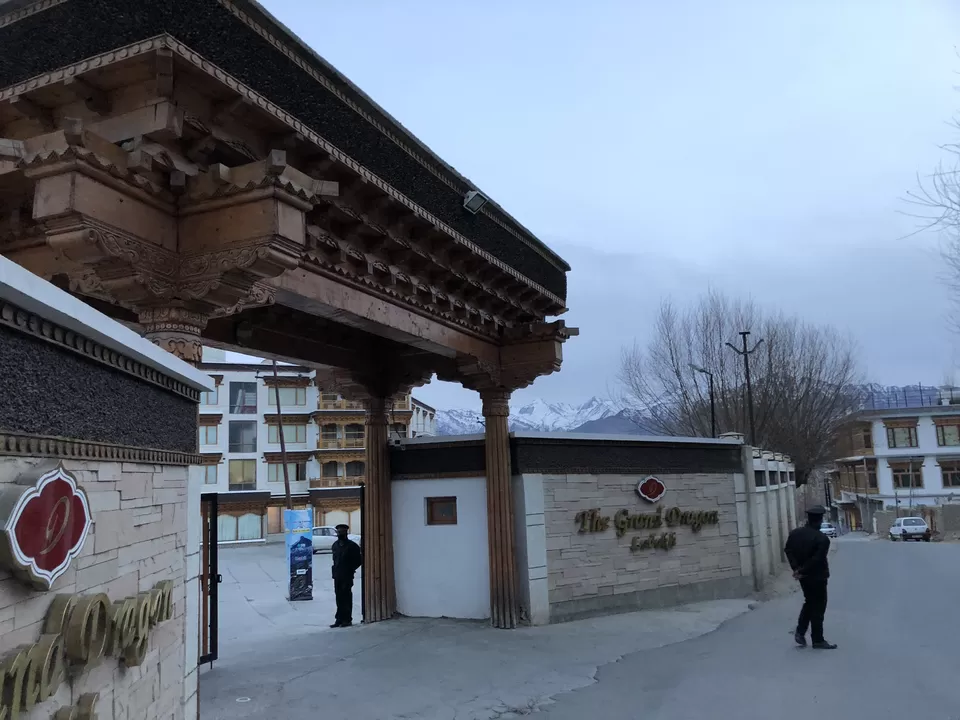

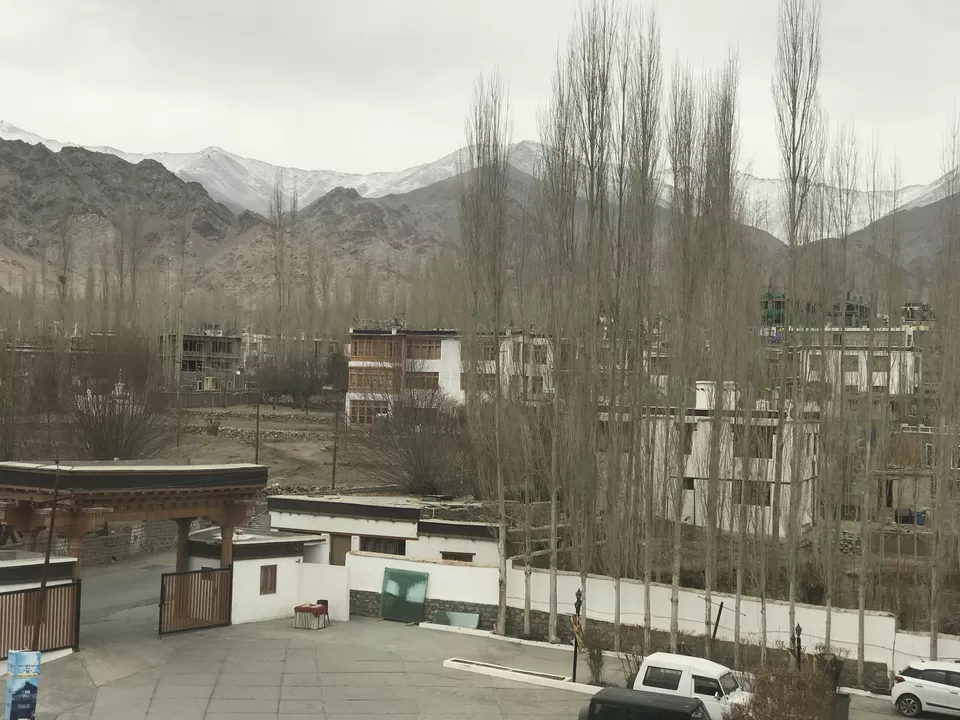
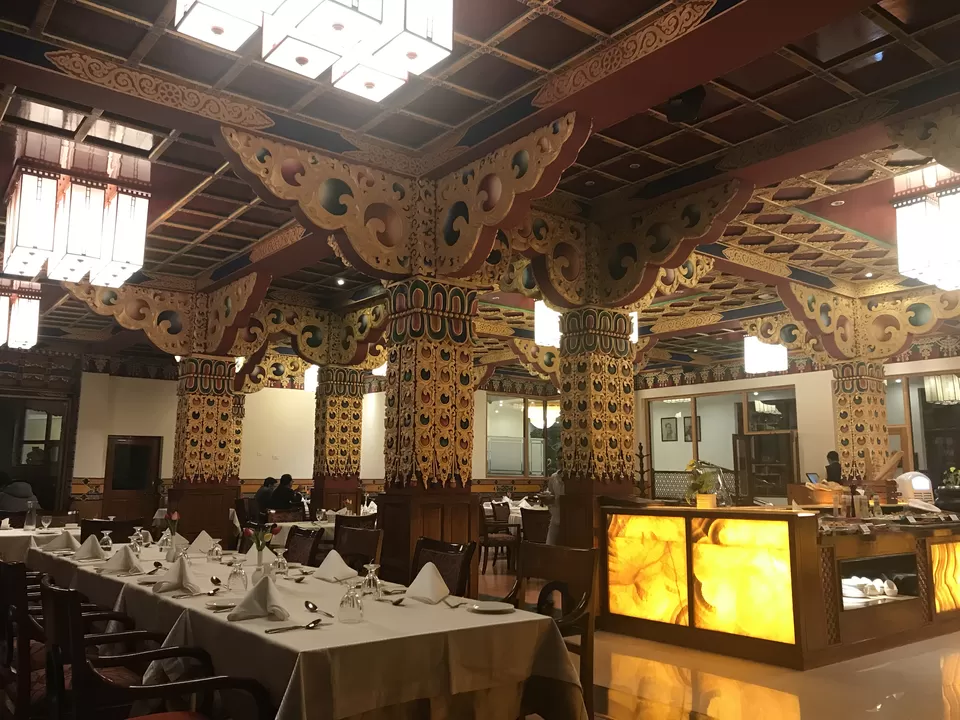
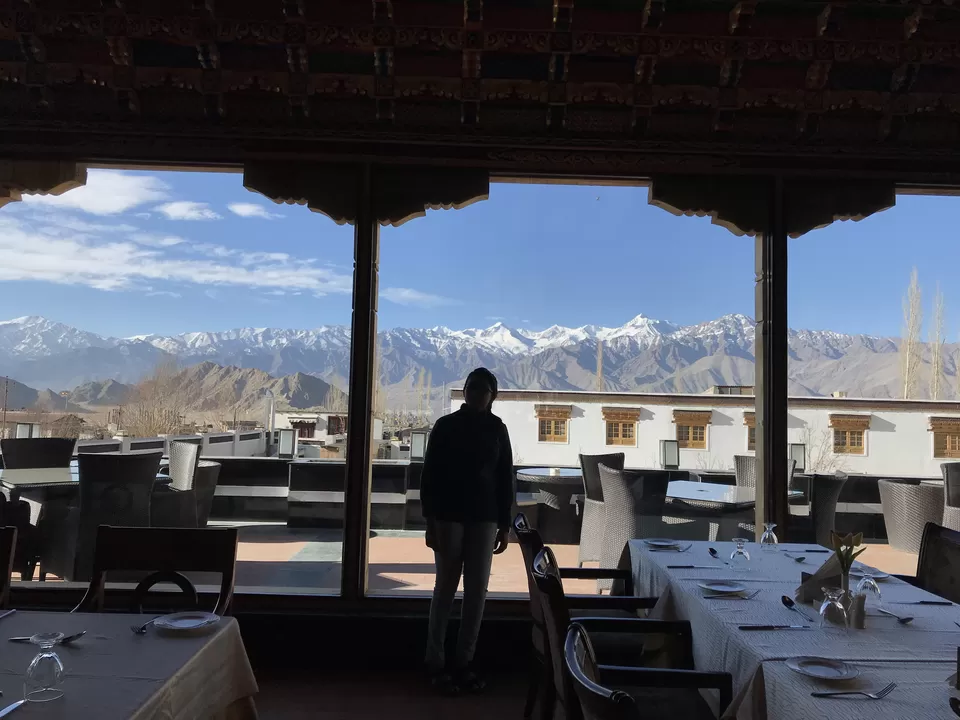
It is better to begin the trip visiting the monasteries around Leh. We planned to visit Hemis monastery first and decided to stop at Thikshey monastery, Shey palace and finally on our way back - Sindhu Ghat. All of these were on the Manali-Leh highway.
Hemis: A pleasant drive of an hour took us to the Hemis village. It is close to the Hemis national park – the home of the endangered snow leopard and some other rare flora and fauna of the region.Located at an elevation of 3000 m to 6000 m, it is the second largest protected area (covering more than 4000 square km.) after Nanda Devi Biosphere reserve. The cab took us to the bottom of a small hillock. From there a gentle slope and a few steps led us to the courtyard of one of the ancient and most important monasteries of Ladakh. The barren hills, the leafless trees, shrubs and the blue canopy overhead altogether was creating a mystique backdrop for the Hemis monastery. It is a Gompa of the Drukpa lineage. The monastery existed even before 11th century, however it was further reconstructed in 1672 by the Ladakhi king Sengye Namgyal. Inside there is huge statue of Guru Padmasambhava. In June, the famous Hemis festival is celebrated here to observe the his birthday. We were soaking in the peaceful serenity all around as a Lama came to greet us. There couldn’t have been a better opportunity to get to know the place in detail. He guided us to the altar of Tara Devi and that of the Lord Gautama Buddha which otherwise we would have missed. We followed him through a dark cold old wooden staircase and reached the top of the monastery. He pointed out the two other smaller shrines high on the hill behind the Monastery. It is there the head lama often sojourns for meditation and stay several days without food or drink. It is believed that he receives some order from the Lord to do so and hence doesn’t fear any harm.
From the other side of the roof we could have a full 360 degree view of the Hemis village. It’s a small hamlet with hardly 25 households. With the hills of different shades of brown and black and the Stok Kangri range forming the beautiful backdrop it looked like an oil painting. While we were admiring the beauty, the lama accompanying us started lamenting about the absence of greenery and he felt that it would be much nicer any other time of the year with some greener shades around. He insisted that we must come back some other months such as June or July to enjoy the true beauty of Hemis. Also the added attraction in June is the colourful Hemis festival. We tried in vain to make him understand our perspective that we found this barren look of the surroundings more astonishing than the usual green mountains that we are so used to seeing. But we gave up, realizing how enthusiastically he was emphasizing how the greenery of Ladakh makes to look much nicer and he was eagerly waiting for the summer when the festivities start.
Living with the benevolence of nature, staying in the most fertile river plain where nature never sheds its greenery and never stops blooming beautiful flowers of so different hues and smells throughout the year, can we ever totally understand the feelings of the elderly Ladakhi for his longing of a few months of abundance of nature? We never miss the greenery.Hence, the different shades of those barren hills, rugged slopes and dry twigs form a heavenly scenery before us. It is truly said that “Beauty lies in the eyes of the beholder”.
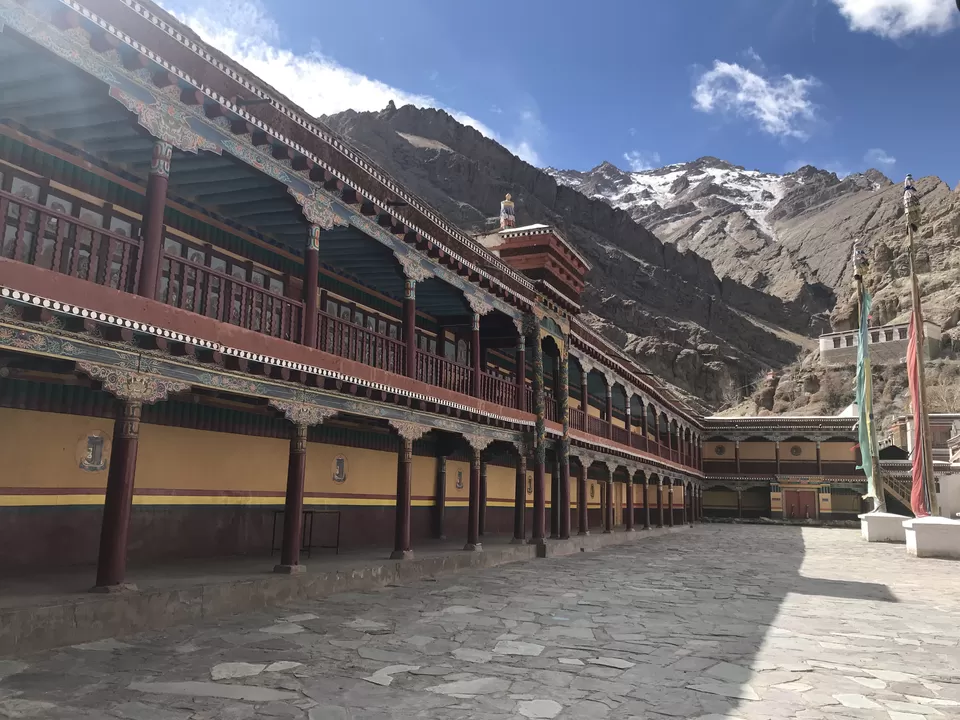
Thiksey: Thiksey is on the same way from Leh to Hemis. It comes earlier and is just 19 Km from Leh town. We visited Thiksey on our way back. Built atop a hill in the Indus valley the ThiKsey monastery resembles the Potala palace of Lhasa in Tibet. It is the largest gompa in central Ladakh. It has separate quarters for female renunciates. It is a twelve story complex and houses a 43 ft. high statue of Maitreya Buddha(The Future Buddha) covering two stories of the building. It was installed to commemorate the visit of the 14th Dalai Lama to this monastery in 1970. It is a monastery of the Gelug (the yellow hat) sect of Tibetan Buddhism. We also visited the temple of Tara Devi inside the same complex. The goddess and her 21 images were in glass covered wooden enclosures.
As we came down to the main courtyard we noticed another flight of stairs leading to a different section of the building. We were curios but unsure whether that part was restricted to visitors. As if to meet our query a Ladakhi family came down the stairs indicating that this section was not out of bounds. We reached a dark chamber leading another smaller temple dedicated to “chan-spring”- the protector deity of Thiksey. This part of the monastery dates back to the 10th century. The architecture was totally different with stone walls and a low ceiling made of wooden structures. The murals on the walls are faded, and some on the left wall have almost completely faded. The deity is accompanied by two other huge statues of Manjushri, the god of learning and wisdom, and Yamantaka, the god of death. It is not very hard to assume the antiquity of the place and the idols from the structure and decorations. Standing alone in that cold, dark, narrow prayer room once again I was wondering how ancient is our country, how old are these cultures, these civilizations and all the religions, beliefs, lifestyles that originated or came here and amalgamated here over the years while protecting their individual authenticity. We came back to the warmer courtyard and spent some time taking pictures of the valley beneath before starting the walk downhill back to our car.
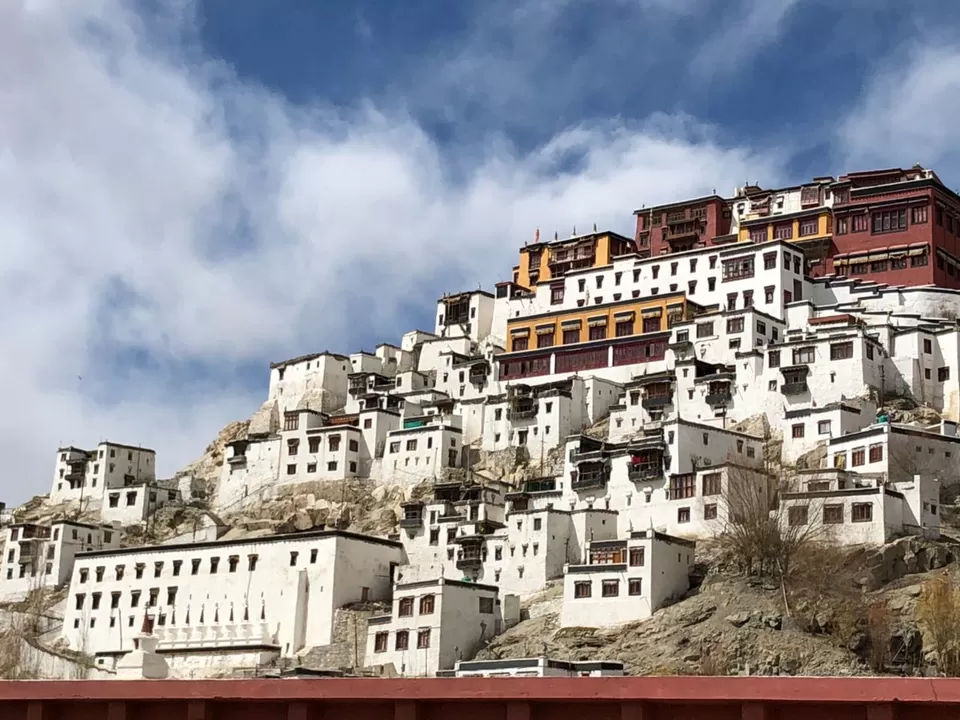
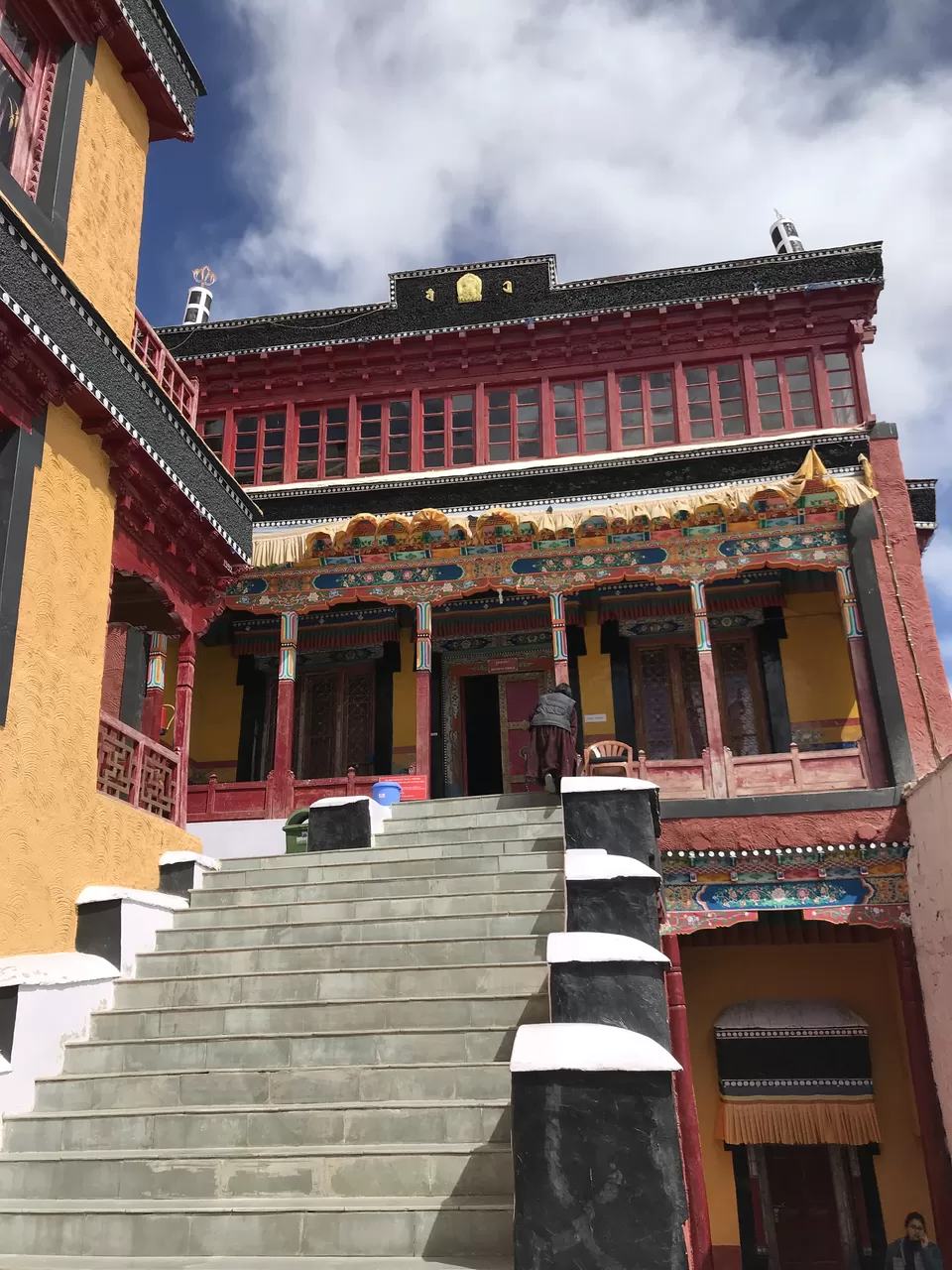
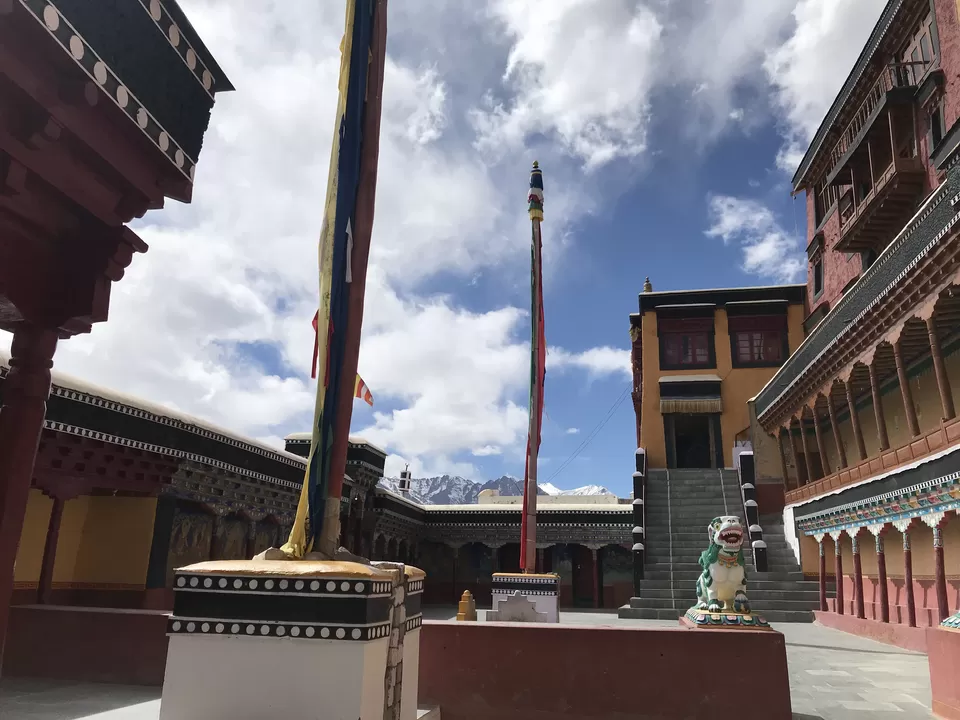
Shey palace: Our next destination was Shey palace which was only 4 Km away. Built on a hillock at Shey village it was the summer capital of the kings of Ladakh since king Deldan Namgyal built it in 1655. He also built a monastery inside the palace complex in the memory of his father Singay Namgyal. When the Dogras of Jammu invaded Ladakh in 1842 the Namgyals abandoned the palace and fled to Stok Palace to make it their safe permanent residence at the opposite side of the Indus river.
The monastery houses a 39 ft (3 storied) statue of Sakyamuni Buddha along with various beautiful murals, paintings and manuscripts. However, special permission is required to be allowed inside the monastery. There is also a golden chorten spire and a small shirine inside the complex with murals. Close to the shrine there are rock carvings of five Dhyani Buddha. The small palace is located below as an abandoned fortress and is however dilapidated. The palace complex offers a panoramic view of the surroundings bordered by the Stok range on the side. Some kind of ceremony was going on inside the complex and the tune of some folk song along with the sounds of cymbals and trumpets that was coming from that side was creating a beautiful ambience. Some locals had come to offer puja to the shrine as part of a marriage ceremony. It was time for us to take leave from the place and head to our last destination before lunch.
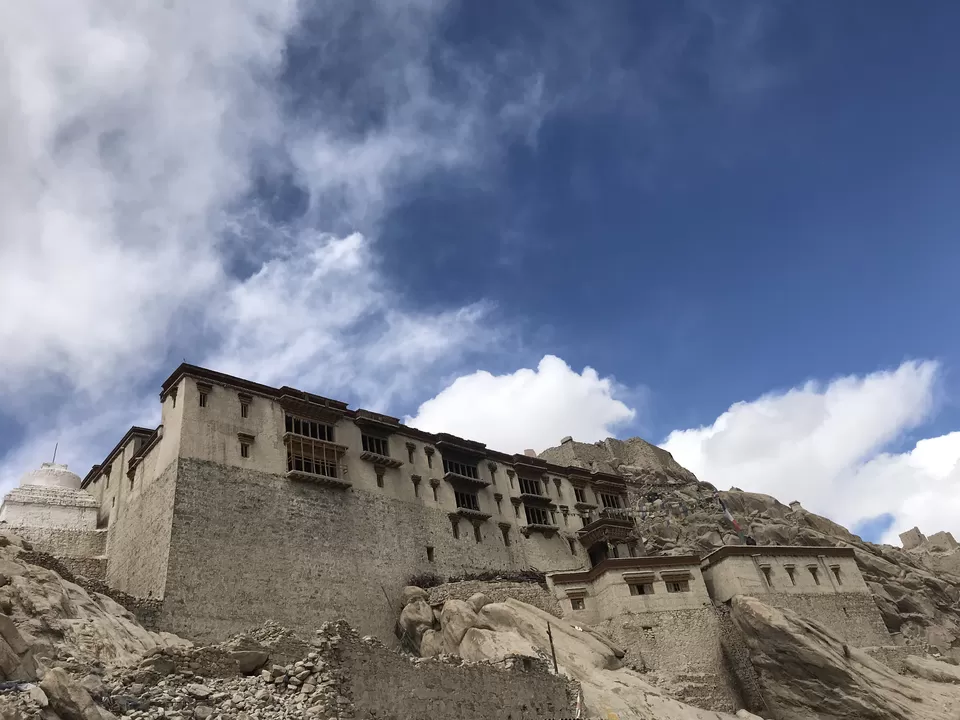
Sindhu Ghat : The Indus or Sindhu River flows only through Ladakh before entering into Pakistan.
This place on Manali- Leh highway was built in recent time on the bank of the river for offering prayers. Even the construction was not yet completed. The bank is quite away from the main gate. It is better to drive till the court. For locals, it must be a decent place to spend their afternoons. For tourists, there are far better natural places to enjoy the beauty of the river especially on the way to the confluence. As we were spending some time sitting by the river bank and watching small fish playing in the crystal clear blue water, we felt something deeper. There flows the river from time immemorial which has given us our identity to the world outside. Long ago, this was the life force for the most ancient civilization in the Harappa and Mohenjo Daro. By the bank of this river,the Aryans build their first settlements and name the land India from Indus. If the mighty Ganga is the main life force, the creator and the preserver of us then, the Sindhu is the one that gave us our identity.
The river bank is the venue of the famous Sindhu Darshan festival, an annual cultural event which started in October 1997. The three-day festival takes place in the month of June on the occasion of Guru Poornima. The festival also named as' Ladakh Singhey Khababs Festival' begins with participants coming from different parts of the country immersing urban pots carrying water of the river of their own state into the Indus River. Ritual is performed by 50 senior lamas along the river side. Cultural programs are organized at the venue followed by a short sightseeing trip, campfire and get together on the third day. The religious ceremony called Sindhu Pujan is done during which the river is worshiped.
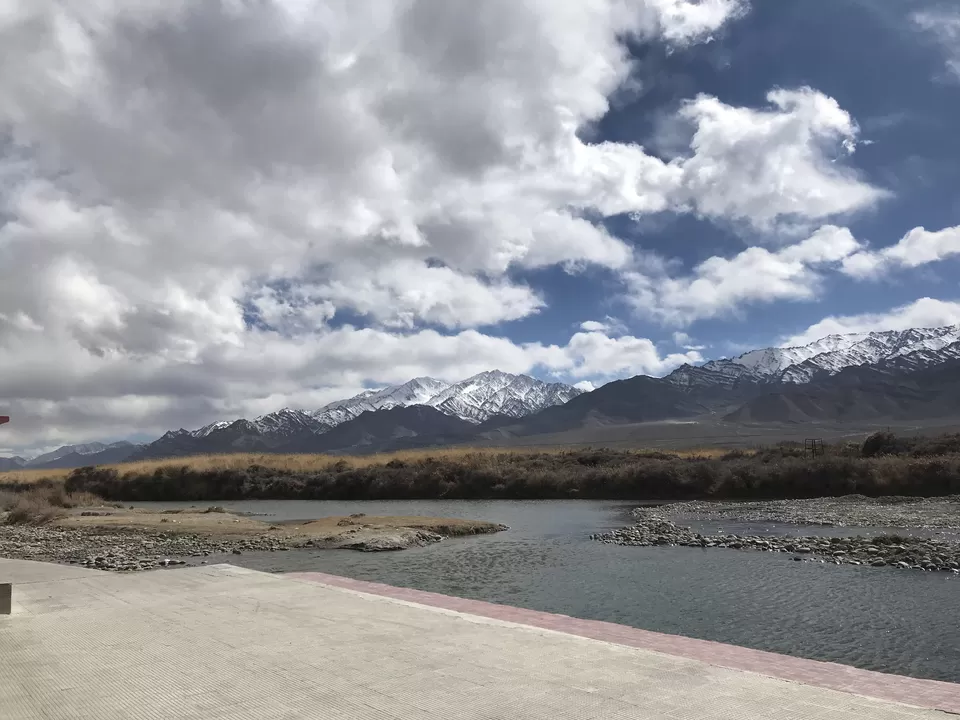
Confluence: After finishing a brief lunch in the hotel we started for the Confluence of the Indus and the Zanskar river near Nimmoo village it was the most scenic journey of the entire trip. It was around 35 km from Leh on National Highway 4. A one and a half hour journey through barren mountains and extremely rocky terrain along the Indus River took us to the point of Confluence. The confluence can be viewed from the road while driving towards it. The Grey blue River coming from the western direction is the Indus whereas the green blue one is the Zanskar flowing from the Zanskar range.
As the sun was leaning towards the western horizon the brightness of the day was fading away. The deep blue sky now was slowly turning into grey and was forming a beautiful background for the surreal beauty. The black barren hills standing like mighty giants where seeming to guard the heavenly place from the rest of the world. We were not ready to come back yet. To our great pleasure our driver agreed to take us further down the beautiful landscape towards the chilling village. Chilling is a pristine village with hardly 30 inhabitants. The valley is also part of the Hemis National Park. From here the famous Chadar trek starts over the frozen Zanskar river. In fact it is the only possible route for the people of the Zanskar to connect to the rest of the world. Chilling is 21 km from the point of confluence. Though the condition of the road was very bad at some points the experience is worth taking. We felt ourselves to be lucky fortaking the decision of going till Chilling as the scenic beauty along the road was something we never had experience. The greenish blue Zanskar River flowing through the deep gorges flanked by the black and brown hills offers a breath taking view all along the way. There is also a bus which plies between Leh and Chilling on every Wednesday and Sunday. By car it took us almost 2 hours to reach.
We stopped at a quiet place hidden by lofty peaks. The river here is meandering through the hills and hiding behind huge rock faces. An icy cold wind was blowing, and without gloves our hands were almost becoming numb. It was below freezing. We walked a little and took a few snaps of the river and the surroundings. We had some hot tea in a thermos in the car which gave great relief. The unearthly color of the Zanskar River, the approaching twilight and the desolate serenity of the land took us away from the world.
Our driver informed us that a motorable road connecting Zanskar to Leh is being built. Eventually the ancient land which lies hidden behind the lofty peaks will lose its annual ritual of travelling on the frozen river and tradition will succumb to convenience of modernization.
It was only 4:30 in the evening but the surrounding was getting very dark.The condition of the road was terrible and it was too risky to drive in dark. It was time to leave Chilling and head back to Leh via Nimmoo. On our way back we couldn’t miss a single glimpse of the celestial beauty of the place. Gradually an all-enveloping darkness engulfed everything.
It was a long day and we needed to rest enough before starting on another day- long trip to the famous Pangong Tso.
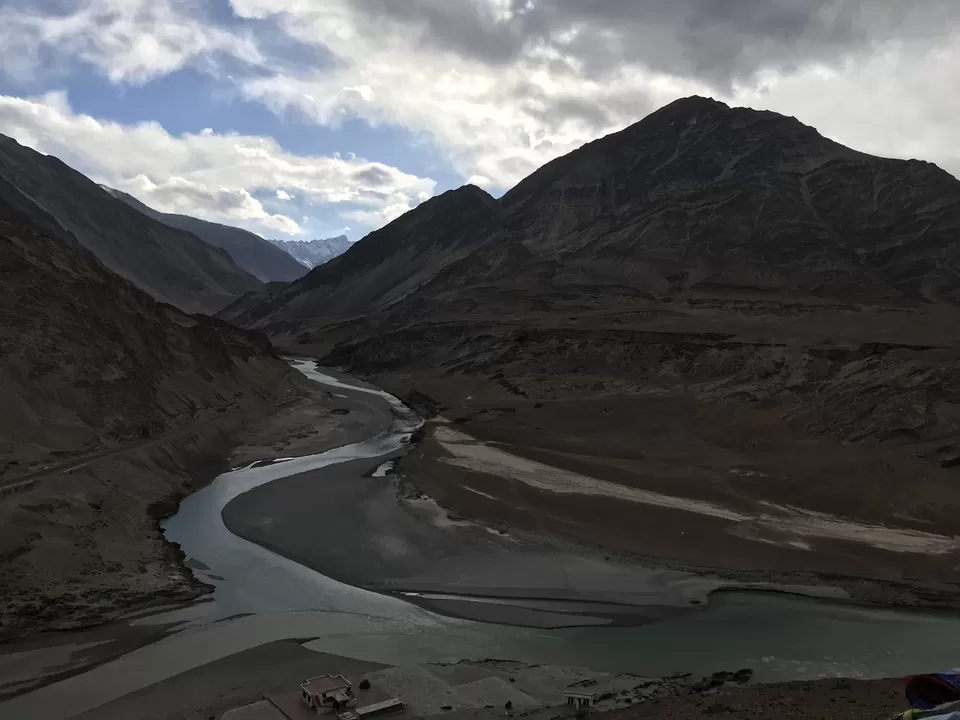
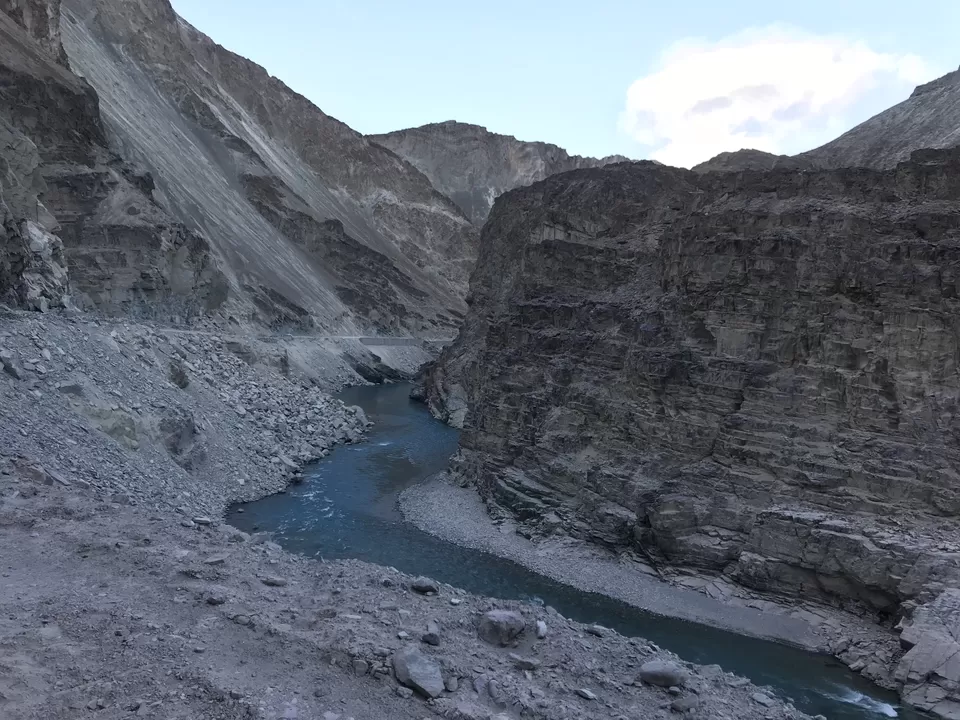

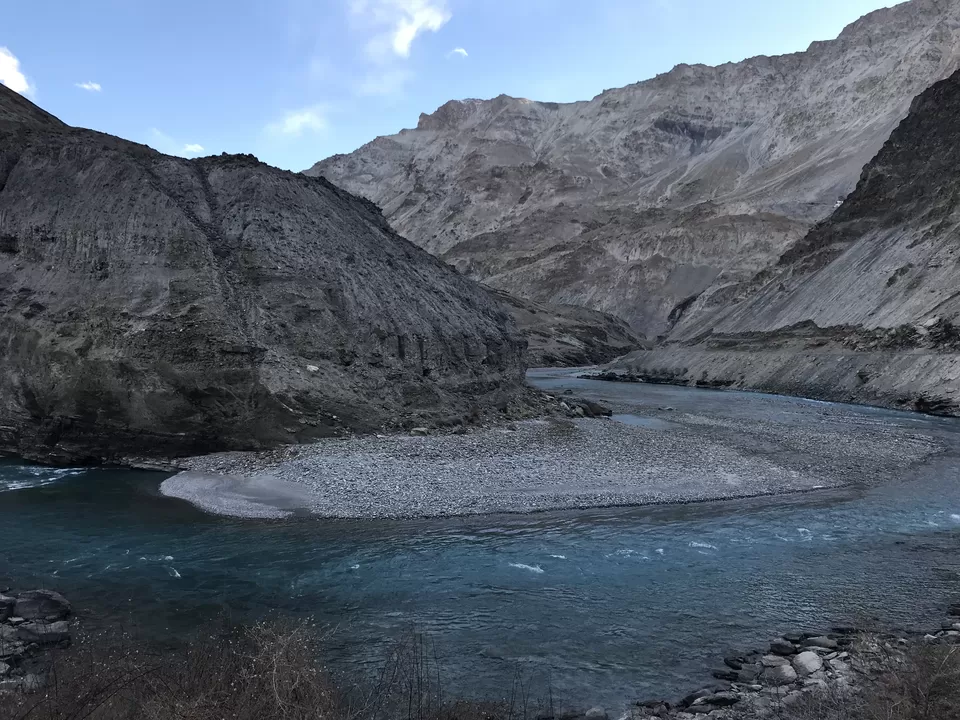
It was our third day in Leh and we had already got enough chances of acclimatization by then. So we kept the long journey to Pangong and back on a single day. We finished a quick breakfast around 7:30 am as it will take around 5 & 1/2 hours to reach and the same to come back. It took another half hour for other necessary arrangements. Sufficient number of bottles of water, a big hotcase packed with freshly prepared roasted chicken and sandwiches and a big oxygen cylinder went into the car boot. Our enthusiasm was beyond any limit. As Pangong is close to Indo-china border (In fact almost 3/4th of it lies in China) an Inner line permit is required for the Indian citizens. Generally, the hotel arranges for the permit and hands it over on your arrival. For that, you need to fax the required documents such as
1. Self attested photocopy of a govt.recognized ID poof.
2.travel itinerary(specially the part where you need to travel with the ILP and how long will you stay there must be clearly mentioned.)
The permit costs around Rs.420 (400 for environment fee + 20 for ILP) per person for visiting selected parts of Ladakh for four days.
Leh to Pangong via Chang La is the most trodden as it is the least time consuming route to reach the place. Tourists also travel via Nubra and Tso Moriri in summer if they want to cover the entire trip in a single loop. Ours was the journey limited to visiting Pangong only, and it was of almost 160 km. The route was something like this.
Leh - Shey - Karu - Sakti - Zingral - Chang La - Tso Ltak - Durbuk -Tangste - Pangong Tso
First we took the Leh-Manali highway, crossed the Shey village, Sindhu Ghat and the Rancho’s school once again and drove to Karu in almost one hour. From Karu we took the road towards Chang La. From Sakti we started to ascend. The view outside was breathtaking. The yellowish brown hills resembled huge sand dunes and our car was tracing the ribbon like roads wrapped around them. It was around 10 am. when we stopped at Zingral. It was around 15 thousand feet elevation.As Zingral is not a regular tourist destination only one tea shop was open. We were carrying some snacks and hot “Kahwa” with us. Soon we resumed our journey to Changla which was still 13km away.
The Tibetan name Chang-La means" The pass towards south". We reached there around 10:30 am. Chang-la is at an elevation of 17,300 ft. We needed to reach Pangong as early as possible so that we can spend some leisure moments there. So our driver advised us to stop at Chang-la on our way back. We deferred our photo session in front of the signboard reading “The third highest motorable road in Ladakh”. We carried on with the drive towards Pangong and started to decend towards DurbukThe road towards Chang-la was fully covered with snow and ice from almost 1 km. before the pass and the road remains icy at least 1 to 2 km after crossing it. As we were reaching the pass the snow walls on both sides of the road were becoming taller. The road after Chang-la was quite rough and hence it was taking longer time to decend. Almost 2 km. after crossing the pass we found ourselves driving through a valley surrounded again by brown and black hills. On one side of the road there was a huge meadow that extended to the base of the hills. It was full of dry yellow grasses with patches of white ice. We spotted some “Kang” or Tibetan wild ass grazing on the grass. It was amazing to know that this was the Tso-Ltak plain located at an elevation of 16,618 ft. Tso-Ltak is one of the lesser known lakes of Ladakh which remains unnoticed in the hectic itinerary of a busy traveler. Though it looked like a vast span of grassland with patches of snow and ice during then, but in summer this place transforms into a beautiful blue lake to be found just 15 to 20 min after crossing Chang La.
Chang la to Tangtse, the biggest village of this route is around 52 km. As we drove downhill towards Durbuk and Tangtse we crossed varied landscapes. Sometimes series of barren hills of different shades such as of yellowish brown, grey, black, maroon and even purple were standing in endless queue under the azure blue sky. Sometimes barren rocky hills were guarding huge meadows of bushes and shrubs withered after long harsh winter. We drove alone through hills and valleys and that was the most unique experience of this trip. It was a rendezvous with nature. Not a single folk- neither a single bird nor a single green Leaf- we came across in our entire journey except those few Kangs of the Tso Ltak plain. At times it felt as if we were driving through some surreal landscape outside the human world or we had magically entered into a beautiful painting while watching it endlessly.
Though the roads are beautifully maintained here by BRO our driver informed that it is very hard to maintain them due to the harsh climate. Often in rainy season the water from melting glaciers coming down through the slopes of these lofty peaks create huge surge of water in the nearby springs and the roads get washed away. At some places fields were covered with rocks and boulders brought down by the flash floods.
Around 12 o’clock we crossed Durbuk. Tangtse was still 22 km away. Surrounded by hills. Tangtse village lies on the flat,arid valley floor of the Harong stream. The road crosses the stream and goes eastward towards Pangong Tso.
From here onwards a frozen stream started accompanying us. Tangtse houses few shops, hotels and homestays. But during March these hotels and lodges were all closed. Around 2 km after the police check post we found an access lane to reach the Tangtse monastery. Though it would have been an unique experience to visit a monastery in the middle of nowhere we had to omit it for our strict itinerary. This area is also part of the Hemis National Park. The sides of the road were covered by occasional sheets of snow for a pretty long time. My daughter’s sudden query push me to notice the snow more closely. It was only then I found the transformation. It was white sand instead of snow.
After Tangtse it was only a drive of 1 & 1/2 hrs. From Lukung we suddenly caught the first glimpse of the enchanted lake. We yelled with joy. As we drove downhill it disappeared on a bend. After a few more twists and turns for almost 10 more minutes we finally arrived at the shore of the Pangong Tso.
The lake was really" enchanting". We didn’t feel tired even after such a long drive. The cold wind was piercing our faces. Although it was 1pm. in the afternoon, the temperature was sub -zero. As expected the huge lake was completely frozen. In peak winter people even drive their cars and motorcycles on the ice. But since it was early spring our driver cautioned us that the ice has started melting and hence we should be careful while walking on it. We walked a little near the shore with care.
Though the deep azure colour for which the lake is so famous was not to be seen, still it was a celestial experience to stand near it amidst absolute serenity with no soul around us. We did miss the azure blue look of the lake resembling the sky above, but the vast frozen stretch surrounded by lofty barren hills at such an altitude was also a lifetime experience.
It was time for lunch. It was an equally amazing experience to have piping hot lunch seating cozily inside a heated car taking refuge from the icy winds. After lunch we took a stroll along the bank. All the dhabas, restaurants and souvenir shops were shut down. Some pieces of land were marked for tents. It seemed as if the whole place was just waiting for the tourist boom of the summer. We could imagine how the place would look in summer- the shops running in full swing, the tents being fully occupied with tourists. The serene bank full of fast food corners, ice cream shops and photo props like the famous yellow scooter of the popular movie. We compared that with the complete solitude and the absolute serenity that we were experienncing at that pristine bank . We were happy to have made the trip when all these could be avoided.
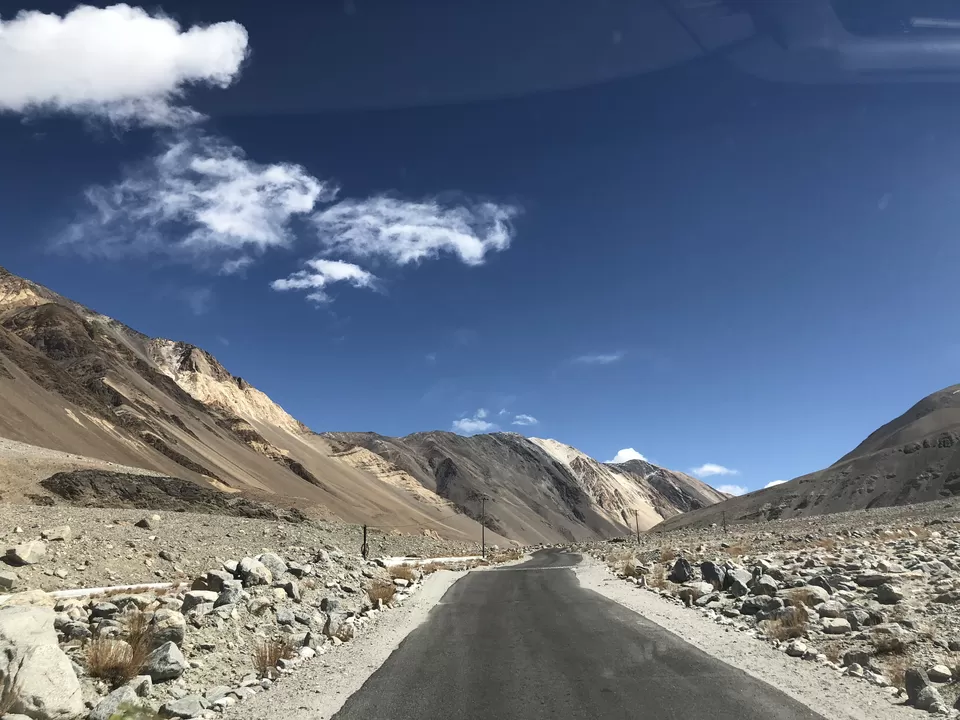





On our fourth day we were to visit the highest point of elevation of our trip. It is almost 39 Km from Leh. Depending upon the road condition, weather and traffic takes around 2 to 3 hours. It is better to start early during the tourist seasons as lot of tourist vehicles create huge traffic jams. However in March the traffic is mostly locals and army convoys and a handful of tourists.
As we left the hotel the cab took a route through the main market and other commercial areas of Leh. We got the first glimpse of the “non-tourist” areas of the Leh town. Soon we started climbing higher tracing the serpentine roads. The view was again breathtaking.
The pass is on the Ladakh range and is considered as the gateway to the Shyok and Nubra valley. The road is a part of project Himank by BRO. It is a major transportation route as Khardung La is strategically important to India and falls on the supply route to the Siachen Glacier.
Our cab was often making its way through long convoys of military trucks. These slow moving convoys also add to the congestion during peak tourist seasons. At some turns we could see the aerial view of the Leh town far below. The gradient of the road was surprisingly not that steep in spite of the ascent being of 6102 ft. from Leh town which itself is 11,480 ft. and Khardungla being 17582 ft. The climb of 6102 ft. in only 2&1/2 hrs. causes nausea, breathlessness and other symptoms of AMS. It is advisable to take a tablet of Diamox at least 2 hrs prior to the journey to avoid AMS. This of course should be discussed with a doctor first. The slow moving traffic unintendedly helps in keeping the sickness away. The condition of road is very bad at certain points in spite of the earnest efforts of the BRO. It is quite unavoidable at such a terrain and such harsh climatic conditions. The 28km. road from Leh to south Pulu is asphalted but beyond that it is mostly gravel and dirt. The vehicle moves very slowly in the later part. The road is very slippery with mud and ice most of the time.
Before and after the pass there are two check posts where tourists have to register and show the inner line permit. We reached the south Pulu check post at around 10:30 am. The pass was still 11 km. away. It took almost another hour as the road was worst at the last part. The word Pulu came from a local word meaning stones used by shepherd boys who used to come here during the summer months. The pole on the Leh side is called south and that on the Shyok side is called North by the Indian army when they built the check posts.
Khardung La is also historically important as it lies in the major caravan route from Leh to Kashgar in central Asia. The small population of Bactrian camels in Hundar is part of that legacy.
We reached the top at around 11:30 am. Few tourist vehicles and some military trucks were also present. A group of tourists was enthusiastically posing before the pillar(falsely?) claiming the elevation of the “Mighty Khardung La” to be 18380 ft. It’s mandatory to have a click there. So we stood in the queue for our turn. After the photo session it was time to explore the place. The road slopes down towards the other side leading towards the Nubra valley. The surrounding hills were all covered with snow. There is a military camp. In emergency they provide medical assistance to the tourist. You can check the oxygen saturation level in blood here and if it is low you may get oxygen also. The army also runs a café at the top-the famous Khardung La café. But it was closed then as the tourist season has not yet started. We also visited a temple run by the army and a memorial.
By the time two other groups of tourists had already left the place. Some of the army personal were only present, busy doing their routine work. It was extremely cold. Even at midday the temperature was minus 10 degrees. We were wondering how these brave soldiers spend days and nights here guarding the country, ensuring the safety and security of their fellow countrymen. Standing there we felt a deep regard for these real life heroes of our nation.
It was passed 12:30 and we had spent more than an hour at the top without any breathing trouble or nausea. May be adequate acclimatization and proper precautions are the best antidotes.
It was time to return back to Leh leaving the road going down towards Hundar, Diskit monastery, Shyok valley and Turtuk village. As we finished two of our previously incomplete trips in the last two vacations, another unfinished one we left behind. We promised to come back to Khardung La once again and to travel to the untrodden path. A new wish list was added.
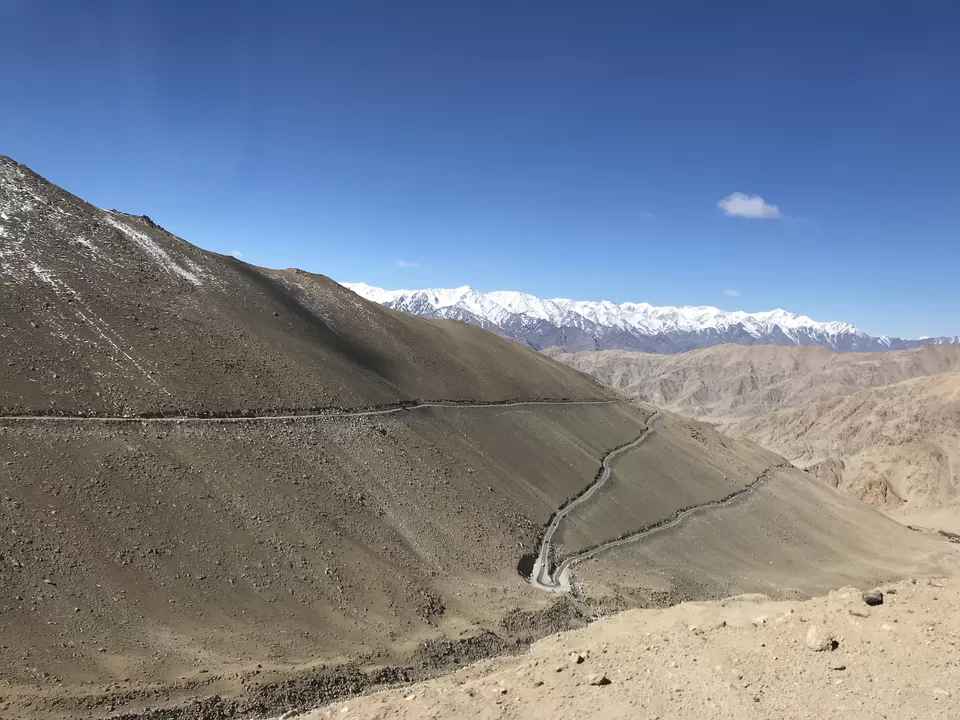


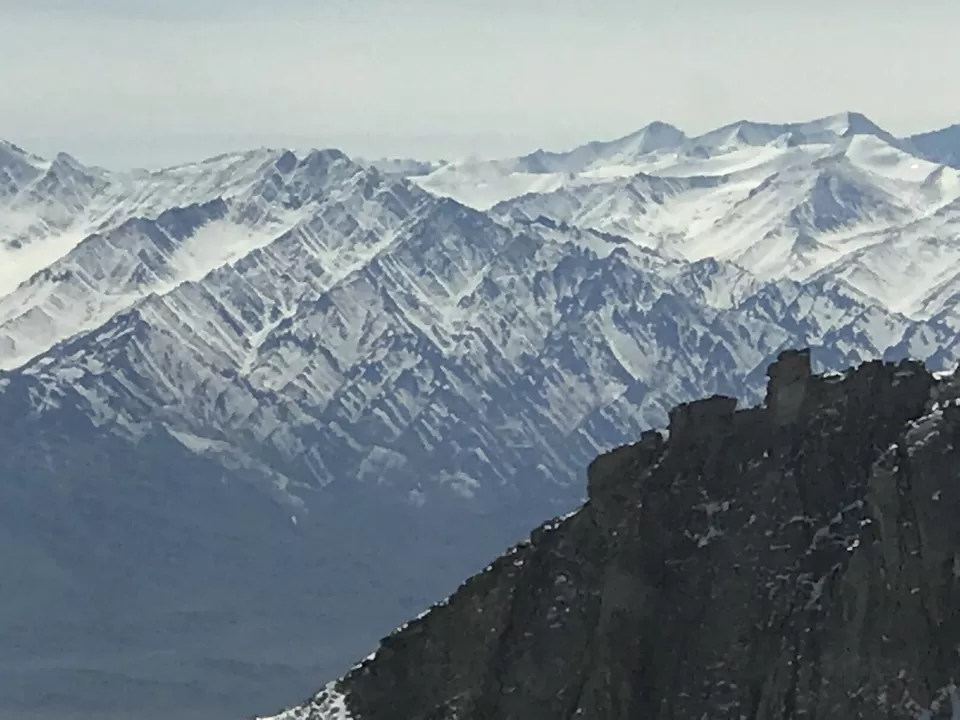
After lunch we went to the war memorial which was hardly 2km. from our hotel. Hall of Fame is a museum constructed and maintained by the Indian army. It is open every day from 9 am to 7 pm. with a one hour closure for lunch from 1 pm. to 2 pm.. Entry fee is Rs 25 per person. Cameras are allowed but with a nominal additional fee.
The museum has two floors divided into various sections. Some sections are dedicated to wars that the country had fought. A large section is dedicated to Operation Vijay or the Kargil war. The arms and ammunition used by the army have been displayed. Various photographs and detail description of the timelines of the war is also there in the display. There is a section called “The Last post "where the letters written by Captain Vijayant Thapar to his parents before he attained martyrdom have been displayed. There is also a section called “Lest we forget” which displays the photographs of those soldiers who laid down their lives defending our nation.
The photographs and the artifacts and the stories will definitely leave you with a profound sense of grief along with the feeling of pride. We had lost track of time going through those. These fine young men who gave up their lives without slightest hesitation to defend the motherland, were the finest lives the nation had produced. Just wondered, what they would have contributed to the nation had they been alive.
There is also a section on the Siachen glacier. Seeing It one can realize what hardships our troops go through day in and day out, while we go about our daily live, safe and secured.
Finally there is a section on Ladakh- it’s history, flora and fauna which is very informative. It would be a better idea to visit this place on day 1 or 2 of your Ladakh tour.
On our way back we left the cab around Leh market. We were looking for some mementos to take back with us. Only a few souvenir shops were open as it was not the tourist season. We decided to take a look inside the government emporium. The emporium seemed to be a better option than the street side vendors who seemed to be trying to squeeze money from us for some really cheap items. There were also a few other well stocked shops selling everything from the Tibetan flags to intricate thankas, gold plated figures of Tibetan gods and goddesses and incense sticks. There were several shops on the main street and other small by lanes. Most of the shops, however, were closed.
Our next obvious target after some shopping was to try some authentic Ladakhi food. All we could manage to find was a Tibetan restaurant named “The Tibetan kitchen”. The restaurant did not have a very encouraging look and looked quite dingy. We ordered some basic Thukpas. But the food was super-hot and very tasty.
After food we strolled around a little more considering it was our last evening in Ladakh. With the fading ray of the sun, the temperature was going down very fast. We walked downhill finding our own path back to the hotel through some residential areas. We enjoyed the walk and wanted to keep on walking further, as if our mind was not yet ready to part from Leh.
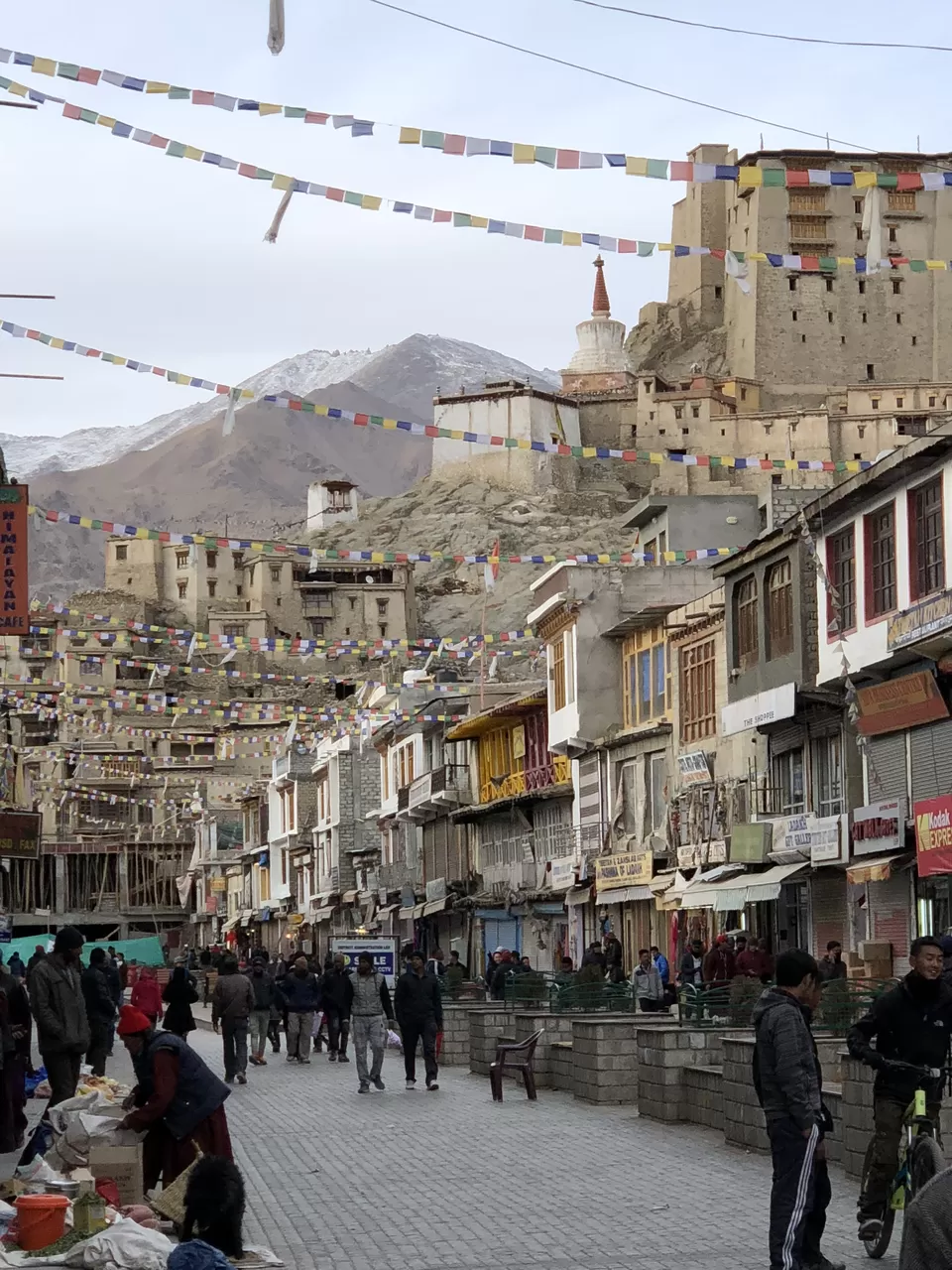
Next morning we started for the airport at 9:00 am.Our flight was at 11:30 am. At the airport we came to know that no hand luggage other than ladies handbags are allowed. Leh being a military airport with immense military importance has very strict and exclusive rules. We had to check-in our backpacks which we intended to carry as cabin luggage. Thankfully an additional 5kg. is allowed in the check- in luggage for this. After security check we were asked to identify our check- in luggage and prove the ownership of the luggage on the basis of the baggage stickers that are pasted on the rear of the boarding passes. Only the identified pieces of luggage will be allowed inside the aircraft.There are also repeated reminders to the passengers not to take any photograph of the airport.
As our flight attained some height, the barren landscape of Ladakh appeared beneath once again .It seemed more familiar now. We could even recognize some of the locations that we had visited in the past few days.We flew over the Confluence. The two rivers seemed like two serpents travelling through two different mountains and meeting middle way. The rivers resembled living souls flowing down cracks and crevices of life being unknown of their destined union. Once we gained height, it looked exactly like a physical map with brown colouring for hills and blue colouring for rivers. Silently we paid our homage to the Indus for one last time before the flight took a turn towards white snowcapped mountains to take us towards south and said "Good Bye"to Ladakh.
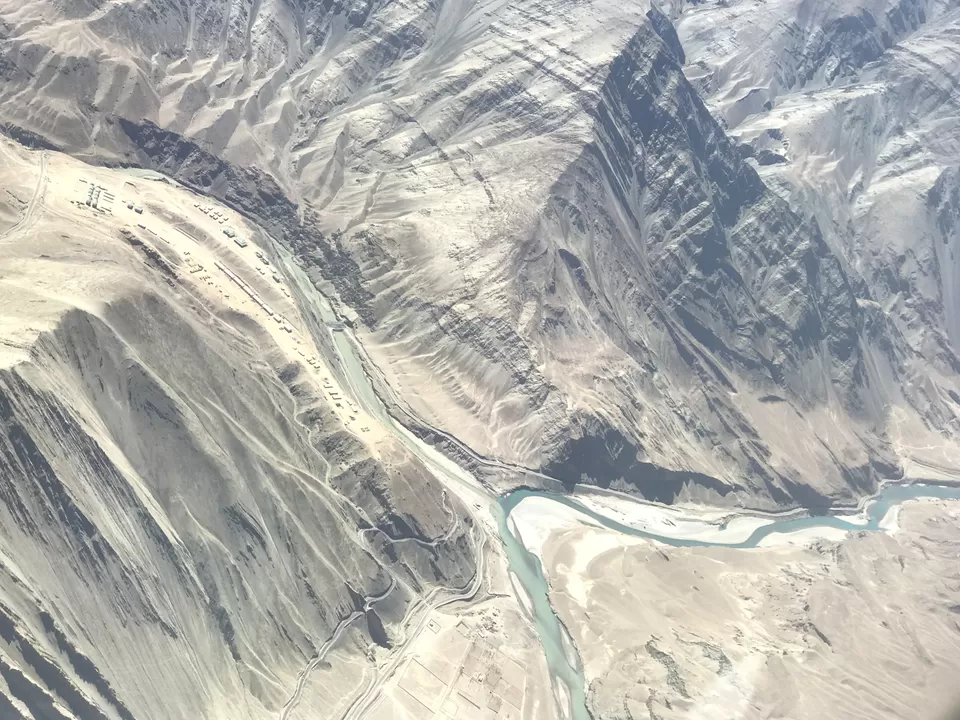
Frequent Searches Leading To This Page:-
Best Tour Packages for Ladakh, Ladakh Tour Package for Couple, Places to Visit in Ladakh, Things to do in Ladakh, Cheapest Ladakh Tour Packages, Top Ladakh Tour Packages For Family
